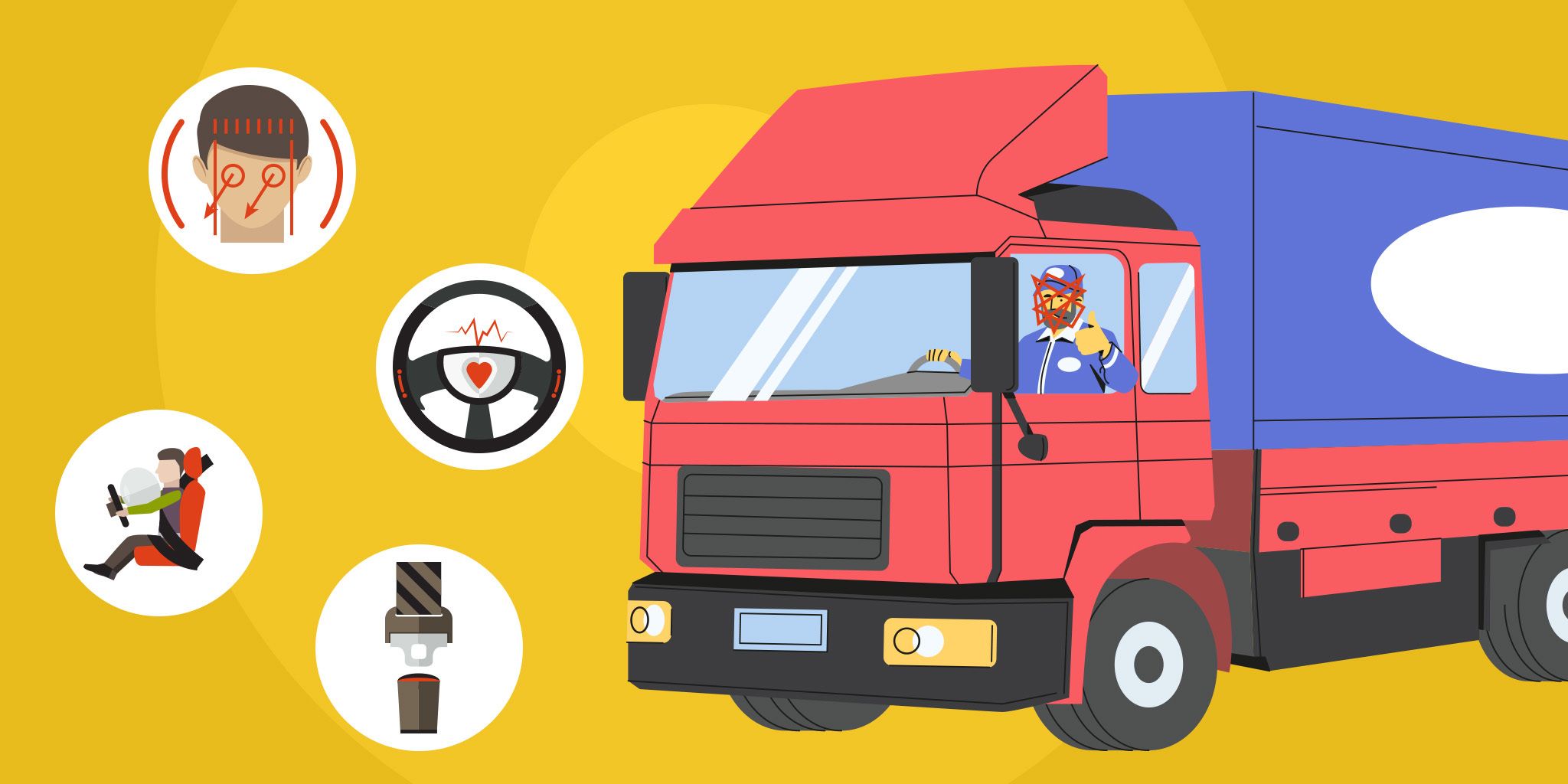How IoT Bridges the Gaps in the Food Industry Supply Chain
How IoT Bridges the Gaps in the Food Industry Supply Chain
- Last Updated: December 2, 2024
Guest Writer
- Last Updated: December 2, 2024



Around 1.3 billion tonnes of food get lost or wasted around the world every year. Losses amounting to $680 billion in the developed countries and $310 billion in the developing countries are suffered mainly due to lack of coordination in the global supply chain.
In addition to poverty and inadequate food supply for all, there are a number of major hindrances preventing the development of any country.
There is more than the adequate amount of food produced worldwide, yet the number of deaths due to malnutrition has not abated. Most of the food products are rejected even before they reach the shops because of their inability to match up to the standards of the supermarkets, thereby resulting in the increase of post harvest damages which remain unaccounted for.
Food waste is a significant problem for the environment and for the worldwide economy. Experts and governments all across the globe are facing challenges to find the right solution for a fundamental problem like the food crisis.
In the present era of technology, changing lifestyles coincide with modern IoT and have changed the face of supply chain. An adaptation towards such an efficient technology can substantially enhance the status of food industries.
But how can IoT benefit the food industry? One of the major benefits of IoT in the food industry is its speedy data processing, self-learning shelf life prediction and the potential to analyse the complete supply chain and work on re-planning for an efficient work flow.
Consumer rights are very well adhered to, as an IoT integrated system can help in monitoring and providing information. The power of cloud storage with IoT provides unabridged transparency, apart from what just the online mediums can provide. Which includes information about everything from the raw materials used to the end product can be easily accessed. Moreover, a smooth running supply chain is important for the producers, middlemen and consumers as well. Its implications are extensive and effective.
Traceability of loss and spoilage can provide solutions for better living conditions. Here are a few companies that are bridging the gaps between several aspects of the supply chain:
- DiscoveryIoT is an IoT network founded by Selvam VMS and Kumar T that is revolutionizing supply chains with IoT, Blockchain, AI and edge computing. Retail companies are handicapped at tracking their products, and this results in inefficient spending of their funds.However, DiscoveryIoT has been able to score out this problem by giving real time stocks and sales data to avoid empty shelves. Consumer’s access to data is of great value to them and therefore, their product expiry and obsolescence tracking system helps in providing better services to the satisfaction of the consumers.
- STELLAPPS, India's first IoT dairy company, is an end-to-end supplier for dairy products. Their "SMARTMOO" IoT router controller acquires data via sensors that are embedded in milking systems, animal wearables and milk chilling equipments with automated milking controls. This mechanism aims at cattle value optimisation, productivity management and primitive healthcare solution for better quality by setting up "Smart Farms".
- TAG BOX is an IoT automation and analytics chain. It is a foundation for the cold chain supply business. Their aim is to reduce the cold storage spoilage by maintaining higher cold chain quality, end-to-end traceability of stock keeping units and eliminate general inefficiencies like delays and breakdowns. They identify product damages due to mishandling and transit shock.
The food industry is the most basic industry and it has been held back because of its drawbacks like anomalies arising due to manual data collection in developing countries and misjudged, unaccountable and varied miscoordination among the various levels of the supply chain.
“There is much to do in this area, because we’re still seeing 30 percent to 40 percent food waste levels post harvest, and half of this waste is occurring before food even gets to consumers.”
- Peter Mehring, CEO of Zest Labs.
Visibly the reach is limited by the food industry’s input to create an impact on the overall development of any country will ultimately depend on the adaptability of this industry to newer technologies. Thus, acknowledging these drawbacks is the first step in achieving the goal of better living standards.
Written by Sanro Mathew, Tech Writer
The Most Comprehensive IoT Newsletter for Enterprises
Showcasing the highest-quality content, resources, news, and insights from the world of the Internet of Things. Subscribe to remain informed and up-to-date.
New Podcast Episode

Moving Past the Pilot Phase in IoT and AI
Related Articles




